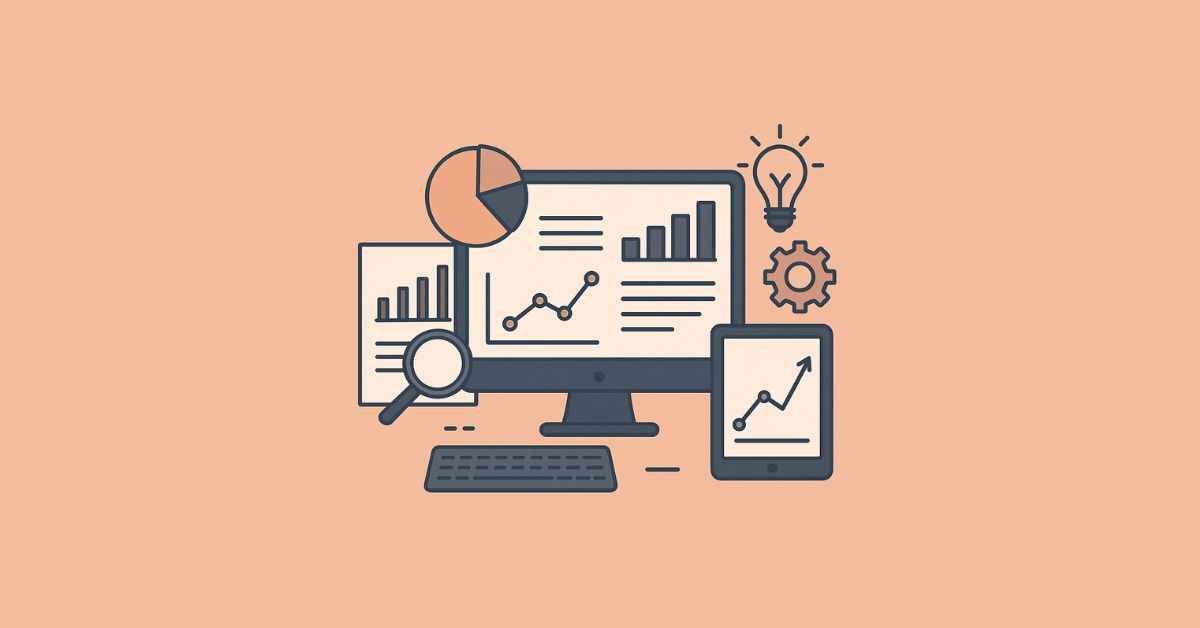In a world increasingly driven by data, analysts play a pivotal role in translating raw information into meaningful insights. Among the many business intelligence tools available today, Tableau has emerged as a leader, famous for its power, flexibility, and user-friendly design.
But while many users scratch the surface by building basic dashboards, Tableau is packed with powerful features that can elevate your data analysis from good to exceptional. Whether you’re a beginner or a seasoned data professional, understanding Tableau’s most impactful features can dramatically improve how you explore, visualize, and present data.
Here are the top features of Tableau every analyst should know—features that not only enhance performance but also drive smarter, faster decision-making.
1. Drag-and-Drop Interface for Rapid Visualization
Tableau’s signature drag-and-drop interface allows users to build complex visualizations in minutes without writing a single line of code. Analysts can select fields from a data source, drop them onto the canvas, and immediately see a chart or graph.
This functionality supports:
- Instant chart previews
- Easy reshaping of data views
- Fluid dashboard design
It’s perfect for analysts who want fast answers without being bogged down by complex setups or scripts.
2. Data Blending from Multiple Sources
One of Tableau’s standout capabilities is its ability to blend data from different sources, even if they don’t share the same structure. You can combine data from Excel, SQL Server, Google Analytics, Salesforce, Snowflake, and more in a single dashboard.
This helps analysts:
- Create unified views across departments
- Eliminate data silos
- Quickly spot discrepancies between systems
Instead of exporting and merging data manually, Tableau does it in real-time with a few simple clicks.
3. Real-Time Data Updates and Live Connections
Tableau supports both live connections and data extracts. Live connections keep your dashboards updated with the most recent data from source systems—perfect for monitoring KPIs in real time.
Meanwhile, data extracts allow faster performance by storing snapshots of data locally, which is great for large datasets or offline analysis.
This dual approach gives analysts the flexibility to optimize for either speed or freshness—depending on the use case.
4. Advanced Calculations with Calculated Fields and Table Calculations
For deeper data analysis, Tableau offers powerful functions through calculated fields and table calculations. These allow analysts to apply custom logic directly within the dashboard—without modifying the original data source.
Some practical use cases include:
- Creating profit margin and growth rate metrics
- Building running totals, moving averages, or percent-of-total calculations
- Segmenting customers by behavior or purchase patterns
By mastering these features, analysts can move beyond descriptive reporting into more predictive and prescriptive analytics.
5. Geographic Mapping for Spatial Analysis
Tableau’s built-in mapping features allow you to visualize spatial data effortlessly. It automatically recognizes geographic fields like country, city, ZIP code, and even custom coordinates.
With map visualizations, you can:
- Plot store performance across regions
- Analyze delivery efficiency by area
- Identify hotspots for customer engagement
These maps are interactive, zoomable, and filterable—helping you uncover patterns that may not be obvious in tabular data.
6. Parameters and Dynamic Controls
Parameters in Tableau introduce a whole new level of interactivity. They allow users to control inputs dynamically, changing measures, filters, or thresholds in real-time.
For example:
- Let users select which metric (e.g., sales, profit, or quantity) to display
- Toggle between different forecast scenarios
- Adjust comparison periods on the fly
Paired with filters and calculated fields, parameters make dashboards truly user-driven.
7. Story Points for Data Storytelling
Analysts often need to not just present data, but tell a story. Tableau’s Story Points feature helps guide users through a sequence of dashboards or views with commentary, much like a slideshow.
Use Story Points to:
- Walk stakeholders through an analysis step by step
- Explain findings from a complex model
- Create executive reports with guided narratives
This feature elevates dashboards into powerful storytelling tools that improve communication and understanding.
8. Ask Data & Explain Data (AI-Powered Features)
Tableau has integrated AI features like Ask Data, which allows users to type natural language questions (e.g., “What were the top 5 regions by profit in 2023?”) and instantly get visual answers.
Similarly, Explain Data uses machine learning to explore unexpected data points and suggest explanations based on statistical analysis.
These tools are game-changers for analysts, enabling faster discovery and reducing the time to insight.
9. Dashboards and Device Responsiveness
A Tableau dashboard isn’t just a collection of charts—it’s an interactive workspace. Analysts can link visuals together, apply global filters, and even customize views for different devices (desktop, tablet, mobile).
Responsive dashboards ensure that insights are accessible wherever decision-makers are—whether in the office or on the go.
Need help designing high-impact dashboards? Explore our Tableau Consulting Services to get expert support tailored to your business needs.
10. Performance Analyzer and Optimization Tools
Large datasets and complex dashboards can slow down performance. Tableau offers a Performance Recorder to help analysts identify bottlenecks, heavy queries, and slow-loading visuals.
Using this tool, you can:
- Streamline calculations
- Optimize data models
- Reduce load time and improve user experience
These behind-the-scenes optimizations ensure your dashboards remain efficient, even as your data grows.
Want to Get More Out of Tableau?
Many users only tap into a fraction of Tableau’s capabilities. With the right knowledge, you can unlock hidden potential, speed up your workflow, and create more compelling reports.
Check out our Tableau Tips and Tricks to discover shortcuts, techniques, and best practices that can dramatically boost your productivity.
Final Thoughts
Tableau is much more than a charting tool—it’s a full-fledged analytics platform designed to empower data professionals. By mastering the features listed above, analysts can go beyond surface-level reporting to deliver real-time, interactive, and impactful insights.
Whether you’re blending multiple data sources, designing stunning dashboards, or exploring advanced calculations, Tableau has the tools to make your data strategy smarter and more effective.
Ready to level up your analytics game? Dive into these features and bring your data stories to life.




